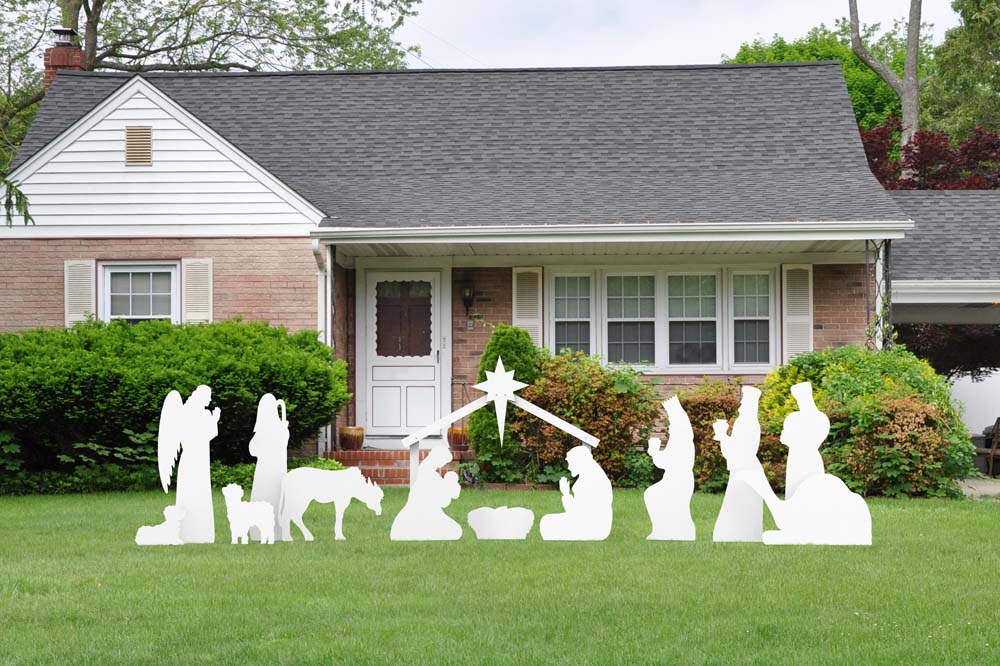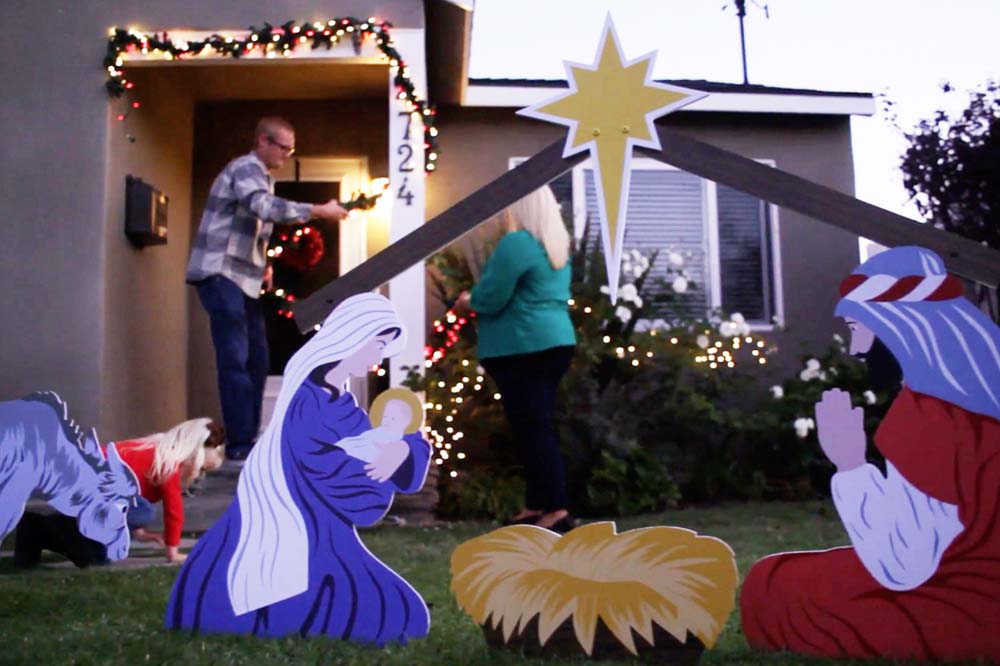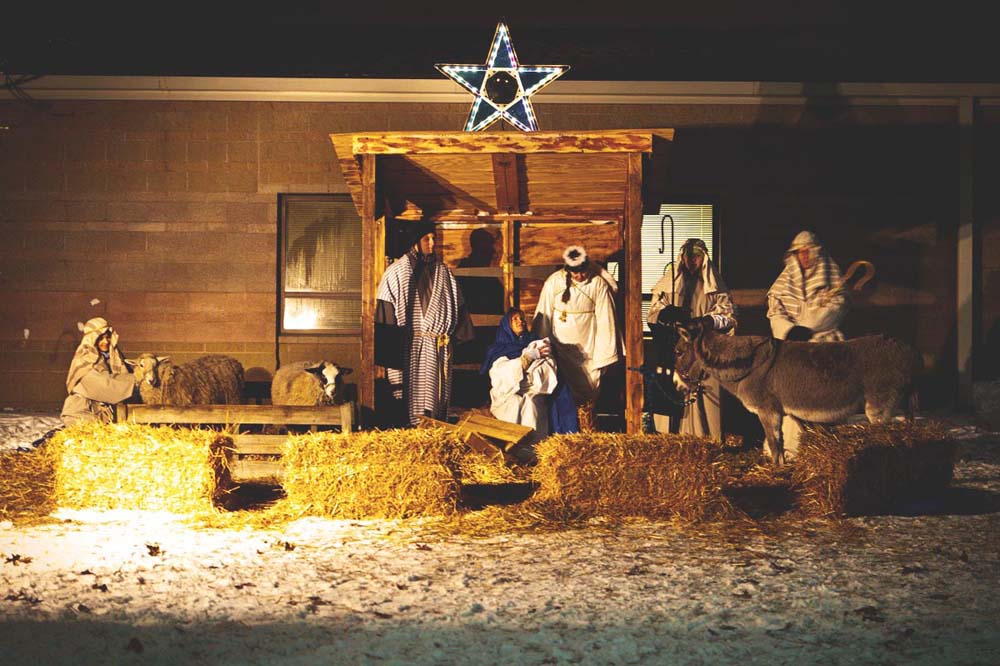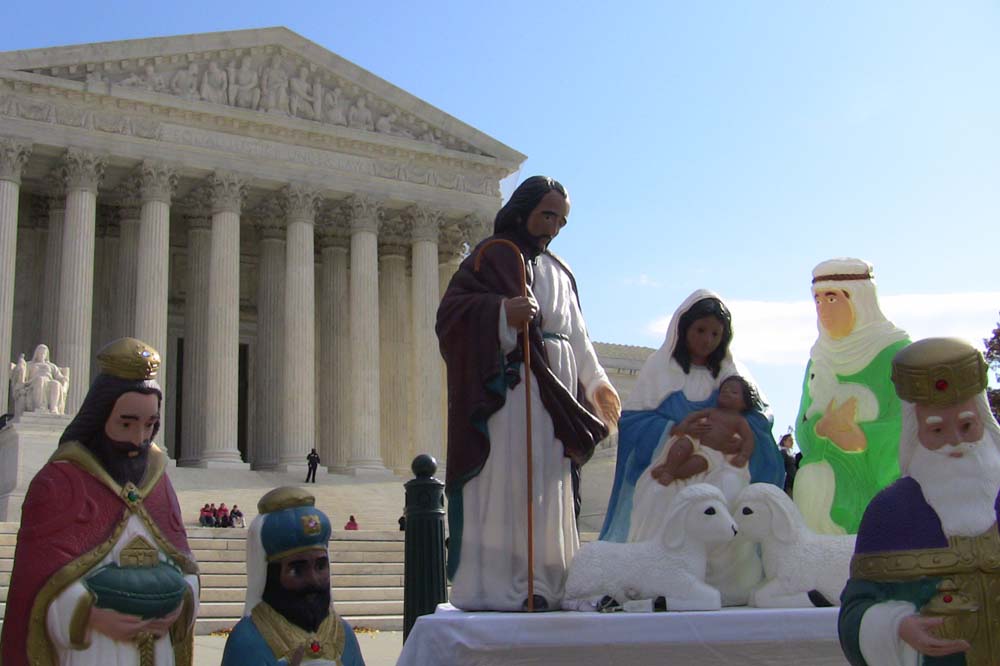Ultimate Guide to Organizing a Live Nativity
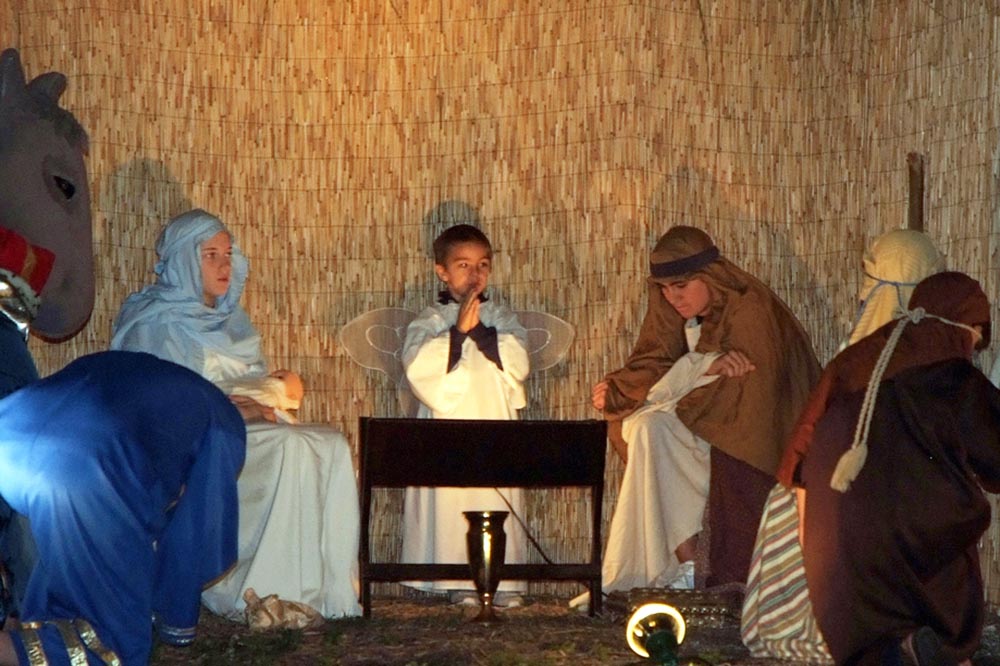
Nativity scenes are a thoughtful and meaningful way to celebrate Christmas. People of all ages and backgrounds enjoy taking a look at the Holy Family and the other participants of that incredible first Christmas.
However, bringing a nativity scene to life with real people in a realistic setting takes everything to another level. In fact, a Live Nativity can have a significant impact on believers and non-believers alike.
If you have been thinking about staging a Live Nativity through your organization or place of worship, you may be wondering how to get started. Perhaps, you have been putting off the decision, thinking that presenting a Live Nativity is too time-consuming or too expensive.
Well, neither concern has to be true. In fact, with proper planning and organization, a Live Nativity can be one of your church’s or group’s most rewarding outreach events.
Remember to begin early
First, the time to get started on preparations is late summer or early fall. Chose the location for your event and set the date(s). The front lawn of your church is a possibility, and the weekend or weekends preceding Christmas are good possibilities.
Next, plan an organizational meeting for volunteers. Offer a personal invitation to people of all ages who you think would like to be involved and/or would be perfect for certain slots. The more people involved, the better (and the less work you have to do).
This meeting will serve as a brainstorming session in which you decide if you want to just have a simple stable or if you want to present different stages of the Holy Family’s journey the night Christ was born.
Consider key participants
- Actors (Mary, Joseph, Angel, Shepherds, Wise Men, Innkeeper, etc.) We have found a realistic baby doll works best for Baby Jesus, but if you have a new mother who is willing to participate with her new baby, that is an option, of course.)
- Costume coordinator finds, makes, purchases the costumes and costume pieces needed for all characters in the Live Nativity.
- Animal wrangler (to transport and care for live sheep, donkey, cow, etc. Live animals make the whole event more realistic and fun – especially for children. The extra work is well worth it.
- Greeters to welcome guests and to explain any rules or wait times to visit the various aspects of your live nativity.
- Musicians and/or singers to entertain guest before or after they visit the Live Nativity.
- Refreshment coordinator to manage donation and set up of some light food and beverages for guests. Hot chocolate, coffee, water, and cookies are all you need if you want to keep things simple.
- Publicist who is responsible for coordinating information and photos to local media outlets and to social media sites.
When inviting people to this initial volunteer meeting, stress that many positions are open and that attending the meeting is not a commitment to working at the event. At the meeting, have a format that allows everyone to share their feelings about other Live Nativities they have attended, including what went well and what didn’t go so well. Have time for idea sharing and take notes of all that is shared.
Even though the characters and the story should be faithful to the Bible, your Live Nativity can feel fresh and exciting for both your participants and your guests. Think about ways you can take your guests on a journey through Ancient Rome at the time of Jesus’ birth. Maybe you want to include a census taker or a Roman soldier, for example.
Include prayer at this important meeting and be sure to be enthusiastic about the impact the Live Nativity can have on the community.
After this meeting, you should follow up by contacting people take on the different key roles. When you make those “casting calls,” invite them your next meeting, which can double as a first rehearsal for the event.
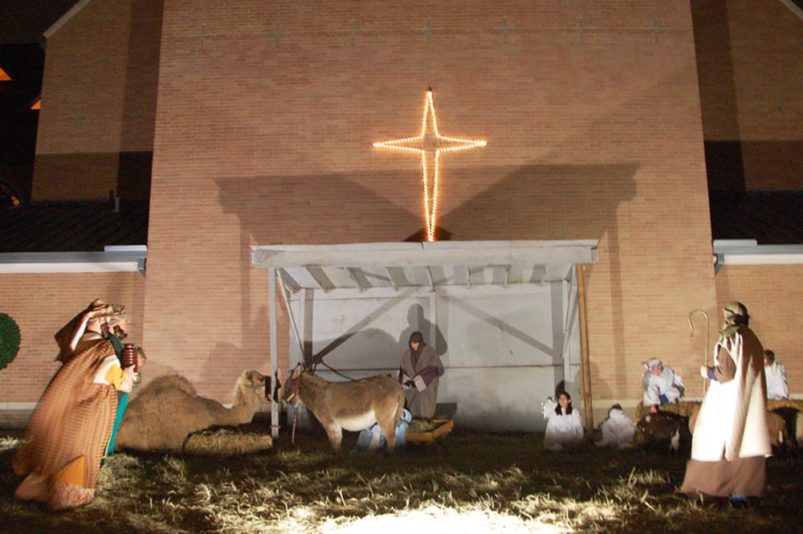
If your actors will be talking, this next meeting is the time to give them their scripts and to read through it together. Be ready to give tips on learning lines, projecting your voice and dealing with a live audience.
Make your expectations clear for the Live Nativity. Discuss costuming and what it means to stay in character. Costumes need not be fancy, but they should be as in keeping with New Testament times as you can.
Perhaps you want to designate one or two volunteers to coordinate costumes and head coverings for your participants. Don’t forget shoes! A pair of Nikes peeking out beneath a robe can ruin the entire effect.
Stress that your group is presenting “the story of stories” and that it is an amazing responsibility. For instance, if Mary or the innkeeper pulls out a smartphone where guests can see it, it can ruin the feel of a carefully planned historic event.
Talk about specifics of the animal care so that you know that they – and your guests – will be safe and secure during the Live Nativity. Don’t forget food and water for the animals and the clean-up chores that come along with livestock.
Be mindful of the weather
One of the trickiest aspects of planning an outdoor live nativity is the weather. Winter weather can be highly unpredictable and downright uncooperative. You may need to deal with wind, rain, snow or ice. How can you keep your guests and players as comfortable as possible? Here are a few things you can provide:
- Umbrellas for guests
- Wood chips for potentially muddy areas where guests will walk and/or actors will perform
- Portable heaters or fire pits near actors’ stations
- Ways to anchor down or cover scenery items that might blow away or get wet
After this second meeting, set a time for at least one dress rehearsal. At this important meeting, you will stage and time the entire event. Ask participants to have their lines and costumes ready well in advance of this time.
Publicize, publicize, publicize

Ask one or two people to take photographs and short videos of this rehearsal to use for publicity purposes. Perhaps this same individual can shoot the actual event as well. You can use these video clips and photos to publicize the event next year on your website and social media pages.
Here are other details to consider adding to your event planning:
- Signs announcing your event. Perhaps a giant lighted star above your church building or even a search light to draw attention.
- Small printed invitations for your congregation to hand out to community members
- Bales of hay for seating for your guests and actors
- Holiday tracts and information about Christmas services to hand out to guests
- Reserved parking for guests and volunteer parking attendants
Take notes!
As you go through this process of planning a Live Nativity, take plenty of notes. You will find that as you go through each step, you will have certain “a-ha” moments of clarity. These will include both “I am glad we are doing it this way” moments and “I wish we were doing this a different way” moments.
With all the details of a Live Nativity, don’t completely rely on your memory. You can refer to these written notes later when you debrief with your team and hear their ideas.
Keep focus on Christ
No matter what happens, you can be confident that something will not go as planned. The weather may be stormy. One of the shepherds may be ill. A goat may chew on Mary’s robe.
However, if you keep the focus on Jesus with prayer and an attitude of grace and positivity, you can also be sure that most things will go right.
After the last “performance,” ask your participants to carefully save everything that can be used again for next year’s event (even if you haven’t committed to having one next year yet). If your helpers are too tired to go through their costumes and props that evening, place the things in a safe temporary location until you can sort, clean and store them.
Gather feedback
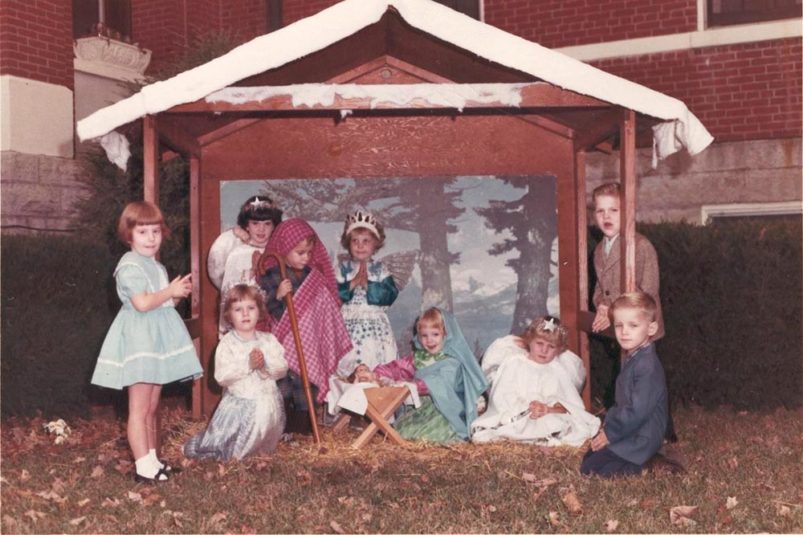
Your final step is to schedule that debriefing meeting. Even though Christmastime is busy for everyone, try to schedule this meeting before the holidays are over so that everyone’s thoughts do not get lost in the hustle and bustle of a new year.
Keep the atmosphere light and positive at this brief meeting as you ask for feedback and also be sure share any details on how many visitors came and any positive comment you heard from guests.
It might help to email team members a few questions in advance of the meeting, so that they can give more thought to their feedback ahead of time. Guide them to specific suggestions about what made their job work well and what might make it work better.
Be sure to thank everyone involved and to open and end in prayer for all God has accomplished. Have a blessed Christmas!
